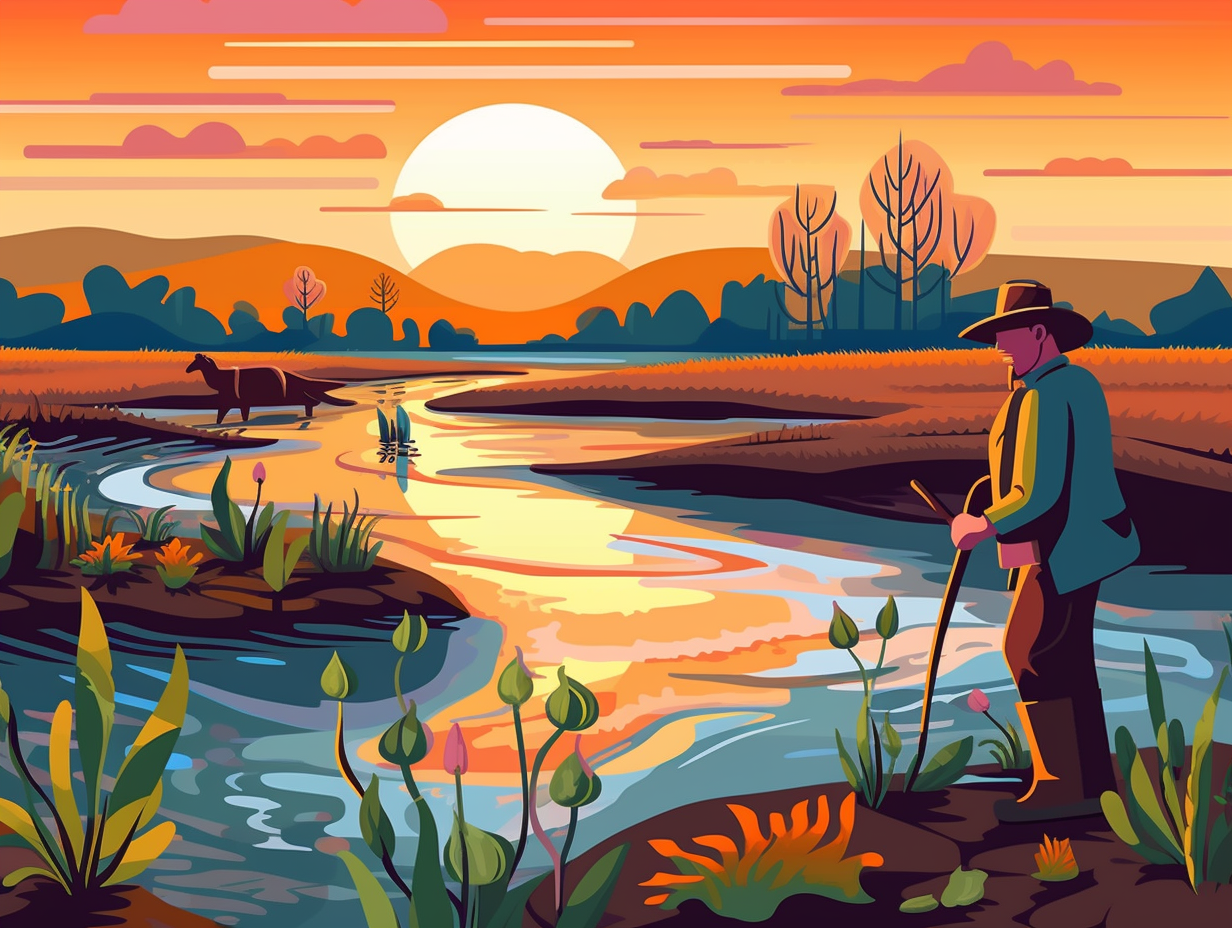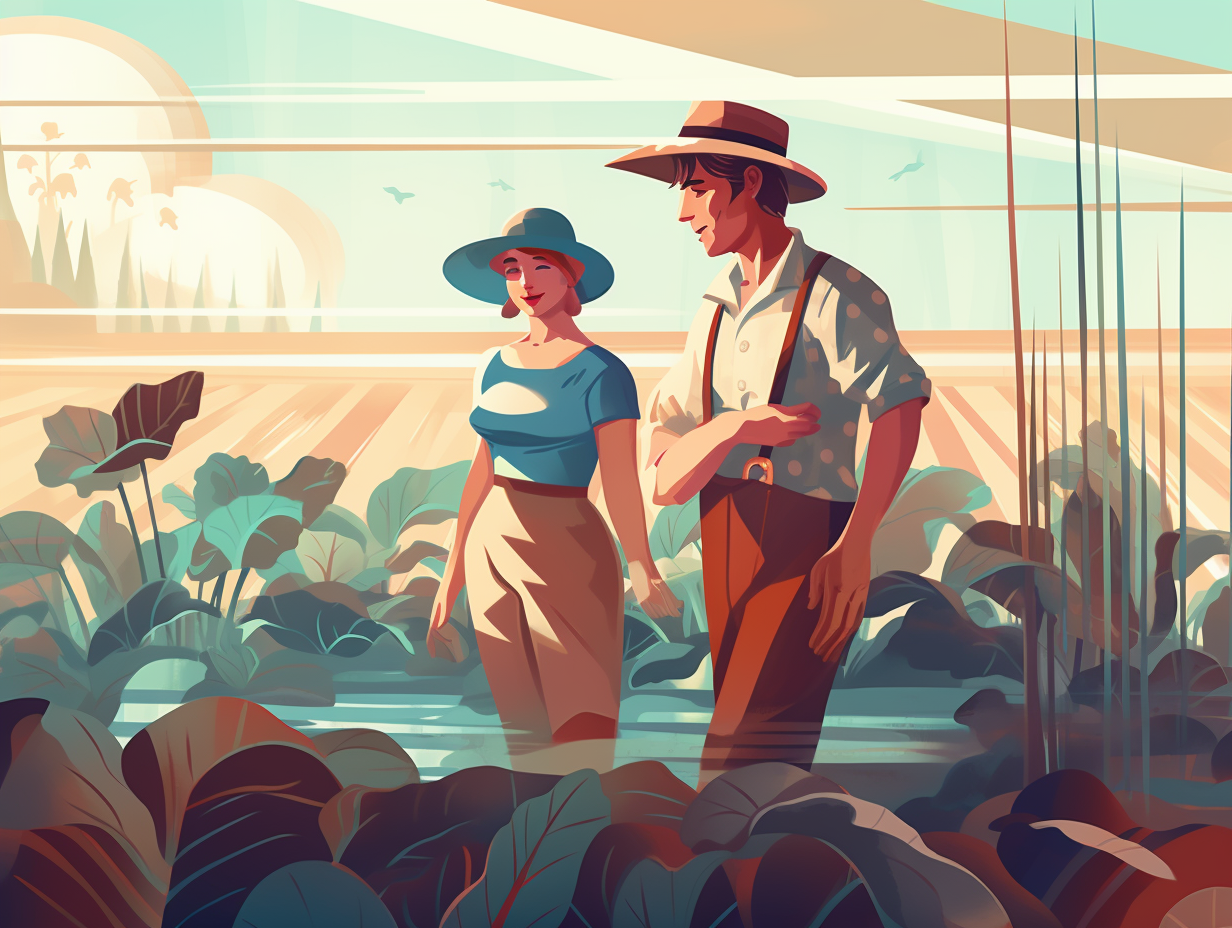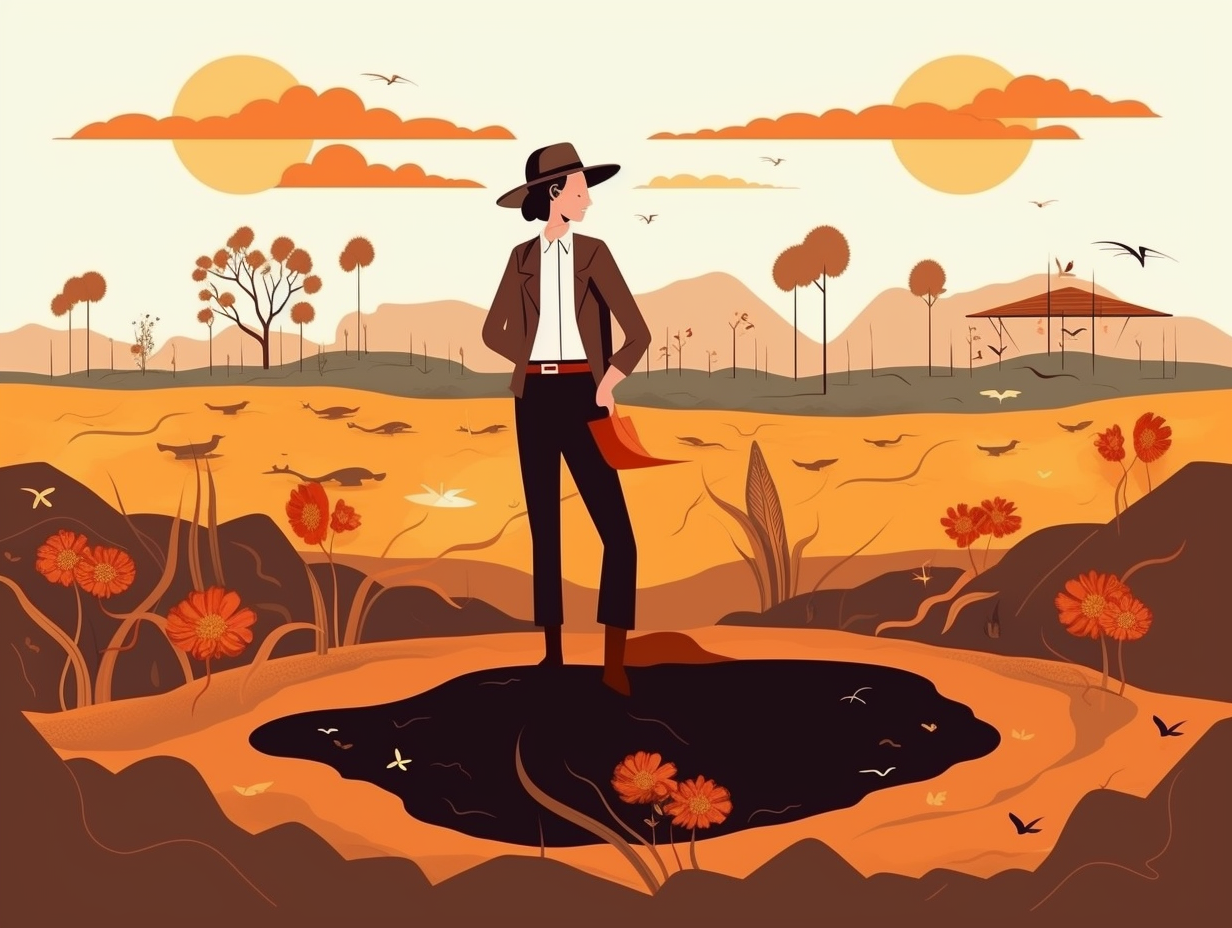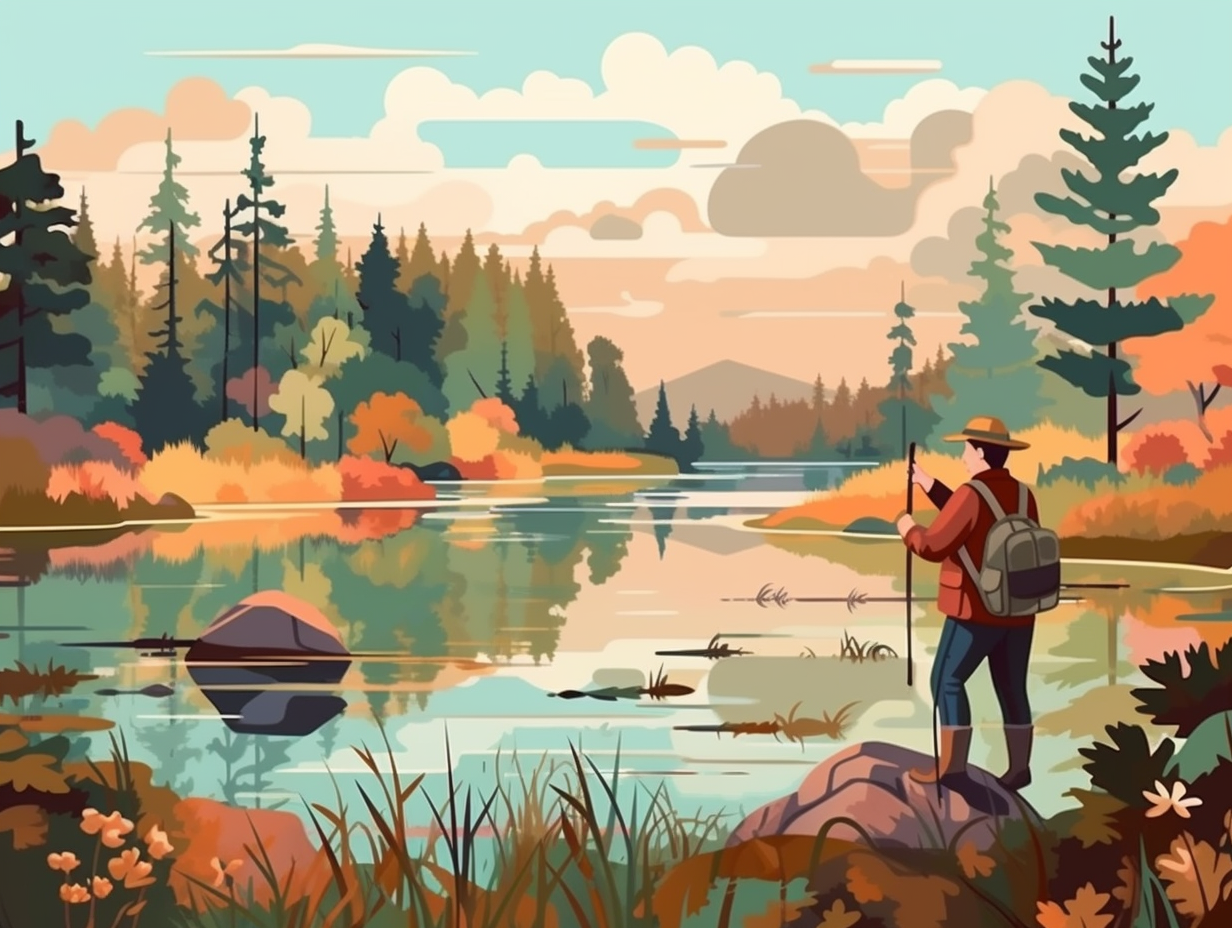9 Amazing Fun Facts About Irrigation: Quench Your Thirst for Knowledge!

1. Fruity Egyptian Empire
Whoever said too much fruit was a bad thing obviously never partied with the ancient Egyptians: They harnessed the power of irrigation to cultivate an impressive array of fruits, from grapes and watermelons to figs and pomegranates, even expanding their fruity empire during the New Kingdom and Greco-Roman period.
Source => fao.org
2. Sumerian Sprinkler Pioneers
Before Alexa took charge of watering your plants with her smart technology, the Ancient Sumerians were already turning the sprinklers on in style: they developed sophisticated irrigation systems using canals and dams to control the water supply for their crops and even created tools like plows to increase farming efficiency, though don't give them credit for "drip irrigation" as the rumors suggest.
Source => c1thule-bd.edu.vn

Did you know water has a unique Jekyll-and-Hyde personality, allowing it to exist as both liquid and solid? Discover how this crucial trick keeps life afloat on Earth! 🌊❄️
=> Fun Facts about Water
3. Hieroglyphics Meet Irrigation
What do hieroglyphs and irrigation canals have in common? They both made their mark in ancient Egypt's texts, just like autocorrect does in modern messages: Ancient Egyptians not only depicted irrigation canals as hieroglyphs, but they also used them to represent specific districts (nomes) where the irrigation was a key element in agriculture and food production.
Source => commons.wikimedia.org
4. Caesar's Aqueduct Extravagance
While Julius Caesar was likely more concerned with bathing like a boss than making the crops go "Veni, Vidi, Vici": ancient Roman aqueducts were primarily designed for public baths, fountains, and household use rather than irrigation, although they did supply some water for gardens and epic artificial lakes to host mock naval battles known as naumachia.
Source => ncbi.nlm.nih.gov

5. Cocoa Plants' Spa Dilemma
When you give cocoa plants an all-expenses-paid trip to the spa, sometimes the VIP treatment can fall a bit short: The effectiveness of irrigation on cocoa production actually varies based on factors like soil type and weather conditions, with potential hindrances like low atmospheric humidity during the dry season and limited resources for growers affecting the yield boost.
Source => wikifarmer.com
6. Cisterns of the Third Kind: Roman Israel Edition
Like a scene straight out of Cisterns of the Third Kind: Roman Israel edition, the ancient world's engineering prowess has left us marveling at aqueducts, tunnels, and reservoirs galore: These marvelous feats of Roman technology once helped to manage water supplies and irrigation in Israel and, though they're not in use today, they continue to stand elegantly as testaments to ancient innovation and a long-lost chapter in the ongoing story of human hydration.
Source => sightseeinginisrael.com
7. Incan Empire's Potato Power
When life gives you potatoes, make one heck of an Empire: The Incan people maintained their far-reaching dominion in the Andes by ingeniously harnessing diverse irrigation techniques, including canals, natural springs, and melted glacial water instead of merely relying on terraced farming. This allowed the growth and distribution of staple crops like potatoes, quinoa, and maize, keeping their society well-fed and thriving.
Source => en.wikipedia.org
8. Babylon's Water-Pumping Wonders
Feeling parched? The Hanging Gardens of Babylon had no such problem: These ancient wonders quenched their thirst with an ingenious irrigation system that pumped water from the Euphrates River all the way up to their lofty heights, using reeds, stone, and a handy shaduf to store the precious H2O for a green oasis in the desert. Talk about staying hydrated in style – all designed to make Nebuchadnezzar's homesick wife Amytis feel right at home!
Source => adventure.howstuffworks.com
9. Aztec Hydroponic Hipsters
You might say the Aztecs were the original hydroponic hipsters, making use of lake beds instead of coffee shop windows for their sustainable crop cultivation: Known as chinampas, these small plots of land on shallow lake beds relied on natural irrigation from the surrounding water, reducing the need for artificial irrigation methods and yielding highly productive, eco-friendly harvests!
Source => thearchaeologist.org
Related Fun Facts




















